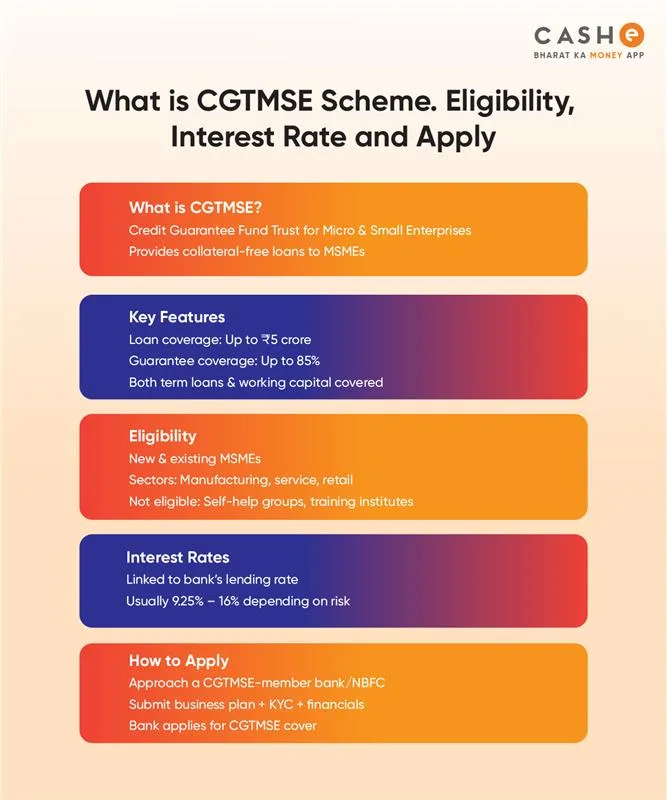Income Tax rules can be overwhelming, especially when you are unsure where to start. In India, taxpayers have the choice of opting for the new income tax regime or continuing under the old income tax regime, each offering distinct advantages. Before you decide which path is right for you, here are some income tax saving options and deductions from taxable income to consider in the upcoming year.
Income Tax Regimes
There are currently two parallel income tax systems available to individual taxpayers:
1. The Old (or ‘Existing’) Tax Regime allows various deductions and exemptions but features higher tax rates and fewer slabs.
2. The New Tax Regime was introduced in Budget 2020 and revised later. It offers lower tax rates spread across more slabs but removes (or significantly reduces) the common deductions/exemptions allowed under the Old Regime.
Tax Slabs Under the Old Tax Regime
Old Tax Regime:
| Income Slabs | Tax Rate |
| 0 to ₹ 2.5 Lakh | NIL |
| ₹ 2.5 Lakh to ₹ 5 Lakh | 5% |
| ₹ 5 Lakh to ₹ 10 Lakh | 20% |
| Above ₹ 10 Lakh | 30% |
How To Save Income Tax In The Old Tax Regime
For those opting for the income tax old regime, here are some crucial income tax saving schemes and sections that can help reduce your taxable income:
1. Section 80C – Up to ₹ 1.5 Lakh
This is one of the most commonly used deductions. You can claim a deduction of up to ₹1.5 lakh for specific investments and expenses such as:
- Employee Provident Fund (EPF) contributions
- Public Provident Fund (PPF)
- Life Insurance Premiums
- Equity-Linked Savings Scheme (ELSS)
- Tax Saving FD
- National Pension System (NPS)
- Principal repayment on a home loan
- Sukanya Samriddhi Yojana
2. Section 80D – Health Insurance Premium
You can claim deductions for premiums paid toward health insurance for yourself, your spouse, your children, and your dependent parents. The deduction limits vary based on the age of the insured:
- Up to ₹25,000 (for self, spouse, children) if all are below 60 years of age.
- Deduction of ₹50,000, if you or your parents are above 60
Learn More : Education Loan
3. Section 80E – Education Loan
Interest paid on an education loan for higher studies (in India or abroad) for yourself, spouse, or children can be claimed as a deduction. There is no upper monetary limit. You can claim it for a maximum of 8 consecutive years starting from the year of the first repayment.
Learn More : Medical Loan
4. Section 80EE – Up to ₹50,000
First-time homebuyers can claim an additional deduction of up to ₹50,000 on the interest portion of a home loan, provided specific conditions regarding the property value and loan amount are met. Only individuals who have taken out a home loan for a property valued up to ₹50 lakh and with a loan amount up to ₹35 lakh are eligible for tax benefits.
5. Section 80G – Donations
Amounts donated to charitable organisations, relief funds, or certain government-approved institutions may be claimed as a deduction. The deduction is limited to 50% of the donated amount, up to a maximum of 10% of your total income. Cash donations of above ₹2000 are considered invalid for deductions.
6. Section 80GG – House Rent Allowance (HRA)/
If you do not receive HRA from your employer and still pay rent, you can claim a deduction under Section 80GG. You can claim a deduction on the rent you pay only if you (and your spouse) do not own a home, and the maximum deduction allowed in a financial year is limited to whichever is lowest among ₹5,000 per month, 25% of your total annual salary, or the actual rent paid minus 10% of your total income.
7. Section 80TTA – Bank Interest
Individuals and HUFs can claim a deduction of up to ₹10,000 on interest earned from savings accounts in a bank or post office. Senior citizens, however, have a higher deduction limit under Section 80TTB.
Tax Slabs Under The New Tax Regime
The revised tax slabs for the New Tax Regime 2025-26:
| Income Slabs | Income Tax Rates FY 2025-26 |
|---|---|
| 0 to ₹ 4 Lakh | NIL |
| ₹ 4 Lakh to ₹ 8 Lakh | 5% |
| ₹ 8 Lakh to ₹ 12 Lakh | 10% |
| ₹ 12 Lakh to ₹ 16 Lakh | 15% |
| ₹ 16 Lakh to ₹ 20 Lakh | 20% |
| ₹ 20 Lakh to ₹ 24 Lakh | 25% |
| Above ₹ 24 Lakh | 30% |
Tax Saving Under The New Tax Regime 2025-26
Here’s the table to understand what you can claim under the new regime:
| Tax Benefit | Allowed |
|---|---|
| Section 87A Rebate (Income up to ₹12L) | Yes. ₹60,000 rebate allowed. |
| Standard Deduction (₹75,000) | Yes. |
| Family Pension Deduction (Up to ₹25K) | Yes. |
| Interest on EPF/PPF (within limits) | Yes. |
| Long-Term Capital Gains up to ₹1.25L | Yes. |
| Section 80D (Health Insurance) | No. |
| House Rent Allowance (HRA) | No. |
| Section 80C (Investments) | No. |
| Education Loan Interest (80E) | No. |
Other Ways to Save Taxes in India
There are several legal methods individuals and businesses can use to reduce their income tax burden in India. Some of these options include:
1. Agricultural Income: Income earned from agricultural activities is completely exempt from income tax.
2. Inheritance: Any money received as inheritance is tax-free, as there is no inheritance tax in India.
3. Business Expenses: Business owners can reduce their tax liabilities by claiming business-related travel expenses as part of their operational costs.
4. Hindu Undivided Family (HUF): HUFs enjoy separate tax exemptions, including a basic exemption of ₹ 2.50 lakh.
5. Political Party Donations: Donations made to political parties are eligible for a 100% tax deduction under Sections 80GGB and 80GGC.
6. Wedding Gifts: Gifts received at a wedding from direct relatives are exempt from tax. Gifts from friends or others are exempt up to ₹ 50,000.
Learn More : How Personal Loans Can Help You Save Tax
Income Tax Old Regime vs Income Tax New Regime
The choice between the income tax old regime and the income tax new regime ultimately depends on your financial profile, investment habits, and eligible deductions. If you regularly invest in 80C instruments, pay for health insurance, and have a home loan, the old regime yields higher tax savings. However, if you prefer fewer restrictions, have minimal eligible expenses, or want a straightforward calculation, the new regime could be right for you.
Conclusion
So, these are some of the ways to save taxes in the 2025-26 financial year under the new and old tax regimes. After all, saving income tax does not have to be complicated. However, make sure to compare both systems before filing and choose what works best for your financial goals.
Meanwhile, if you are looking for instant funds for your personal or emergency needs, then download the CASHe app. CASHe offers instant personal loans of up to ₹3 lakh at competitive interest rates. You can apply on the CASHe app and get the loan approved within minutes.











